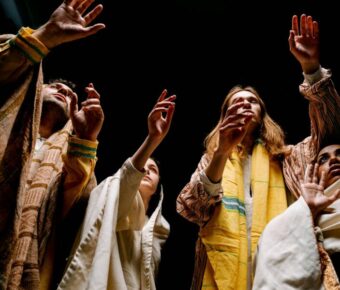
Prague vs Krakow: Which Historic Central European City Offers the Better Experience in 2025
Prague and Krakow stand as two of Central Europe’s most enchanting cities, each with its own distinct charm and character. For travelers seeking the best value and authentic cultural experiences, Krakow edges out Prague with its lower costs, preserved medieval architecture, and rich Polish traditions.
These historic capitals tell different stories through their streets and squares. Prague dazzles visitors with its grand Gothic spires and Baroque buildings in the heart of the Czech Republic. Meanwhile, Krakow’s cobblestone lanes and medieval market square showcase Poland’s cultural heritage that survived World War II largely intact.
Both cities serve as perfect bases for exploring Central Europe by rail or road. Prague sits at a crossroads between Eastern and Western Europe, while Krakow maintains more of its Eastern European soul. The choice between them often comes down to personal taste – Prague’s cosmopolitan energy or Krakow’s traditional Polish warmth.
Contents
- Historical and Cultural Significance
- Shared History in Central Europe
- Prague’s Architectural Marvels
- Krakow’s UNESCO Heritage Sites
- Comparing Local Cuisine
- Distinctive Food Choices in Prague
- Krakow’s Culinary Delights
- Accommodation and Budget
- Cost of Staying in Prague
- Affordable Krakow Stays
- Transportation and Accessibility
- Navigating Through Prague
- Krakow’s Public Transport Options
- Entertainment and Nightlife
- Prague’s Vibrant Nightlife
- Entertainment in Krakow
- Seasonal Experiences
- Summer in the Cities
- Winter Wonders
- Enjoying Spring and Autumn
- Unique Experiences and Hidden Gems
- Practical Travel Tips
- Frequently Asked Questions
- What are the main differences in cost of living between Prague and Krakow?
- Which city offers a more scenic train journey for travelers?
- How do the Christmas markets in Prague compare to those in Krakow?
- Can you highlight the unique attributes of Krakow when compared to Prague?
- What are the historical contrasts between Prague and Krakow during wartime?
- In terms of beauty and attractions, how does Prague measure up against other renowned global cities?
- More Travel Guides
Historical and Cultural Significance
Prague and Krakow stand as remarkable testimonies to Central Europe’s rich past, with medieval old towns, stunning Gothic architecture, and deep-rooted Jewish heritage that shaped both cities for centuries.
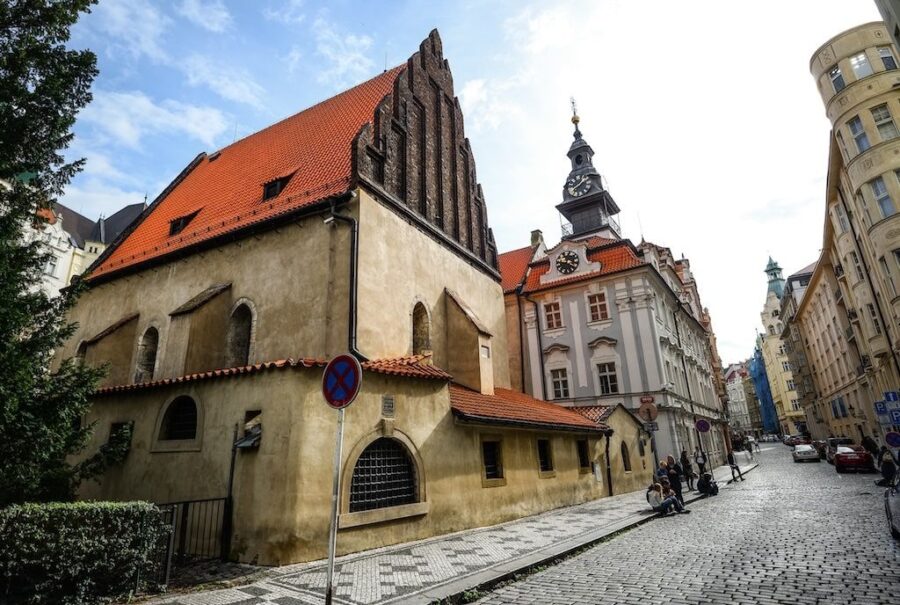
Both cities emerged as vital centers of trade and culture during the Middle Ages. Their strategic locations along important trade routes helped them grow into powerful capitals of their respective kingdoms.
The Jewish Quarter in each city tells stories of thriving Jewish communities that lived there for generations. Prague’s Josefov and Krakow’s Kazimierz district preserve synagogues, cemeteries, and cultural sites from the 13th century onward.
Both cities survived World War II with much of their architecture intact, unlike many other European cities. This preservation allows visitors to step back in time and experience medieval European life firsthand.
Prague’s Architectural Marvels

The Charles Bridge ranks as Prague’s most iconic landmark, connecting the Old Town with Lesser Town since the 14th century. Its 30 baroque statues make it a stunning open-air art gallery.
Prague’s Old Town Square features the medieval Astronomical Clock, which has tracked time since 1410. The clock’s hourly show of moving apostle figures draws crowds year-round.
Gothic spires dominate Prague’s skyline, with the Tyn Church and St. Vitus Cathedral serving as prime examples of Bohemian Gothic architecture. These structures showcase intricate stone carving and dramatic pointed arches.
Krakow’s UNESCO Heritage Sites
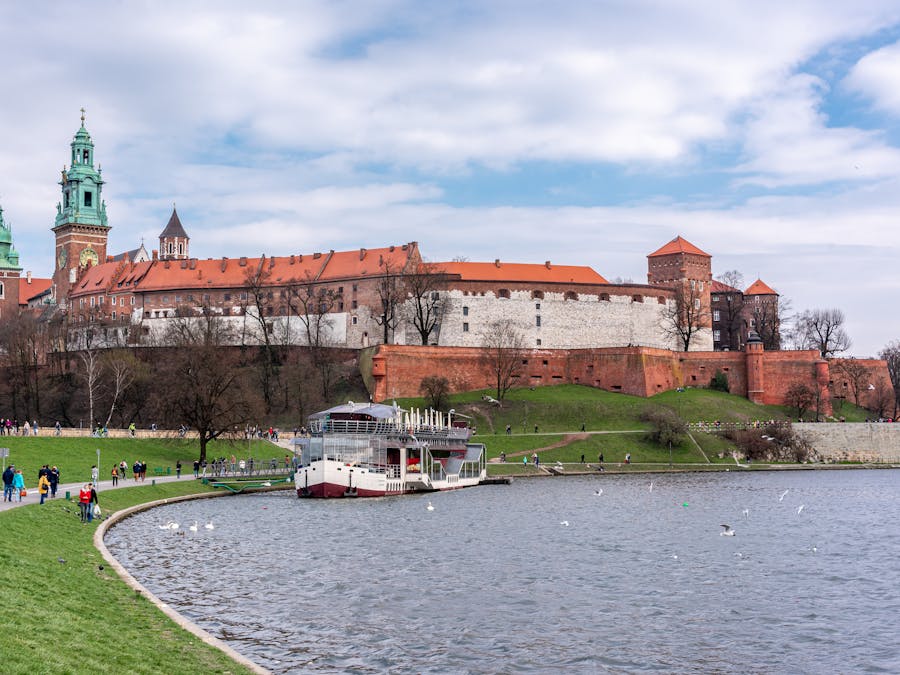
Wawel Castle sits atop a hill overlooking Krakow, serving as the royal residence for centuries. Its mix of Romanesque, Gothic, and Renaissance styles reflects Poland’s architectural evolution.
Krakow’s Main Market Square ranks as Europe’s largest medieval town square. The Cloth Hall at its center has hosted traders since the 13th century and still operates as a market today.
The Wieliczka Salt Mine near Krakow amazes visitors with its underground chapels and sculptures carved from salt. Miners created this unique attraction over 700 years of continuous operation.
Comparing Local Cuisine
Both cities offer amazing food scenes that blend traditional recipes with modern cooking. The meals are filling, affordable, and packed with unique flavors that tell stories about local culture and history.
Distinctive Food Choices in Prague
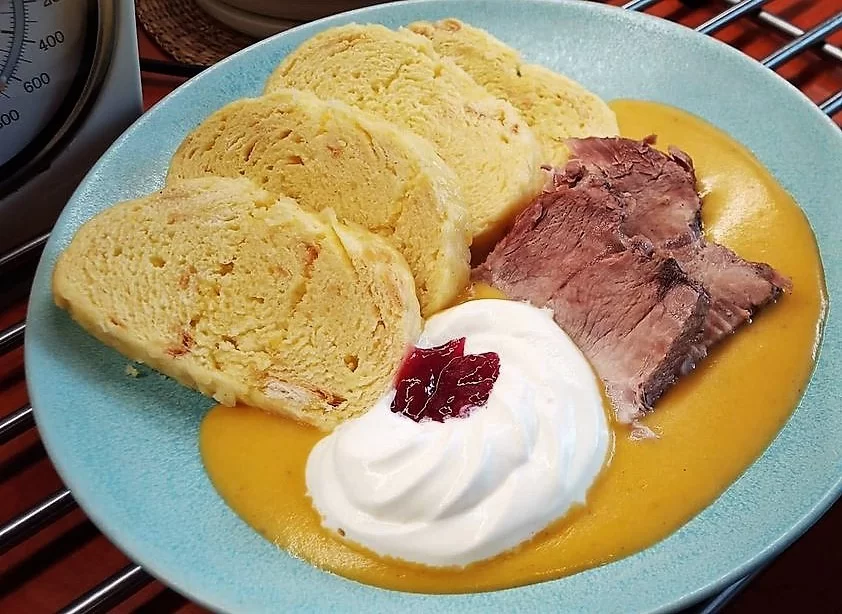
Czech cuisine focuses on hearty, warming dishes perfect for cold weather. Svíčková stands out as a must-try meal – tender beef in cream sauce with bread dumplings. The dumplings here are different from what you might expect, made from bread or potato and served as a side dish.
Traditional restaurants called hospodas serve classic dishes like beef goulash and schnitzel. These places often have dark wooden interiors and beer halls attached.
Speaking of beer, it’s not just a drink here, it’s part of the meal. Czech pilsners pair perfectly with rich foods like roasted pork knee or traditional sausages.
Krakow’s Culinary Delights
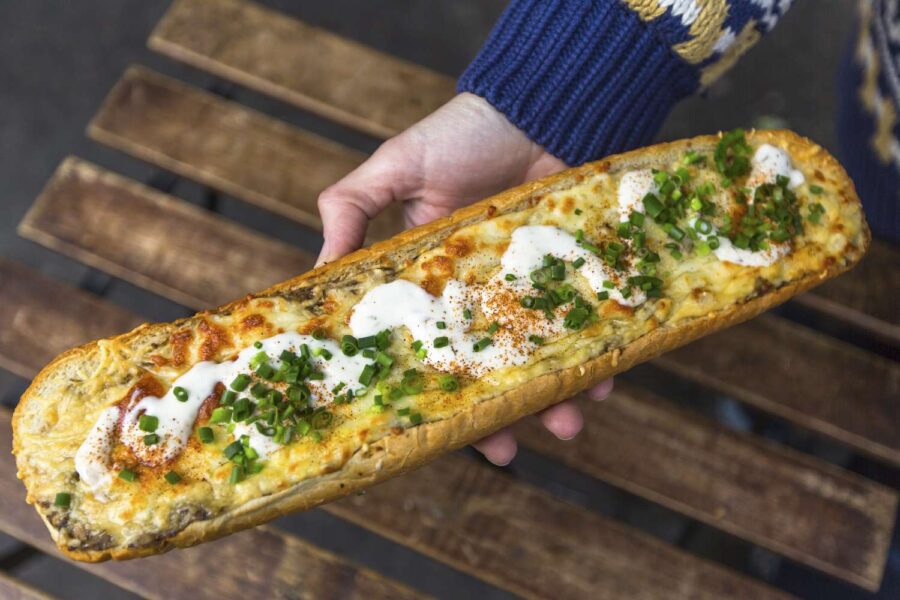
Polish food in Krakow centers around pierogi – stuffed dumplings with various fillings like meat, potato, cheese, or mushrooms. Many restaurants make them fresh daily.
Milk bars offer authentic Polish food at great prices. These cafeteria-style spots serve home-style dishes like żurek (sour rye soup) and bigos (hunter’s stew).
Street food is big here. Try zapiekanka – an open-faced sandwich topped with mushrooms and cheese. You’ll find the best ones in the Kazimierz district.
Local restaurants love using seasonal ingredients. In summer, fresh berries and cream appear on menus. Winter brings warming dishes like potato pancakes and hearty meat stews.
Accommodation and Budget
Prague and Krakow stand out as budget-friendly cities for accommodation, with plenty of choices from luxurious hotels to cozy guesthouses. Both cities give travelers great value for their money.
Cost of Staying in Prague
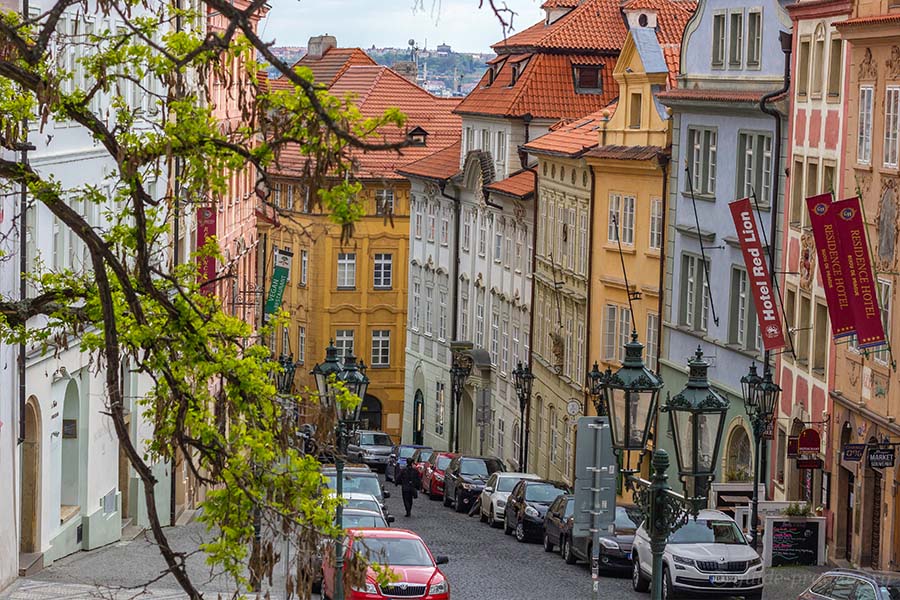
Prague’s Old Town rooms cost more than other areas, but the charm makes up for it. A mid-range hotel room runs about $80-120 per night, while hotels and accommodations start at $40 in quieter neighborhoods.
The Mala Strana district offers a peaceful alternative to the busy center. Many travelers love this area for its historic buildings and local feel.
Family-sized apartments through Airbnb average $100-150 nightly. These spaces often include kitchens and living areas.
Luxury hotels in Prague charge $200+ per night. These spots usually sit in restored historic buildings with top amenities.
Affordable Krakow Stays
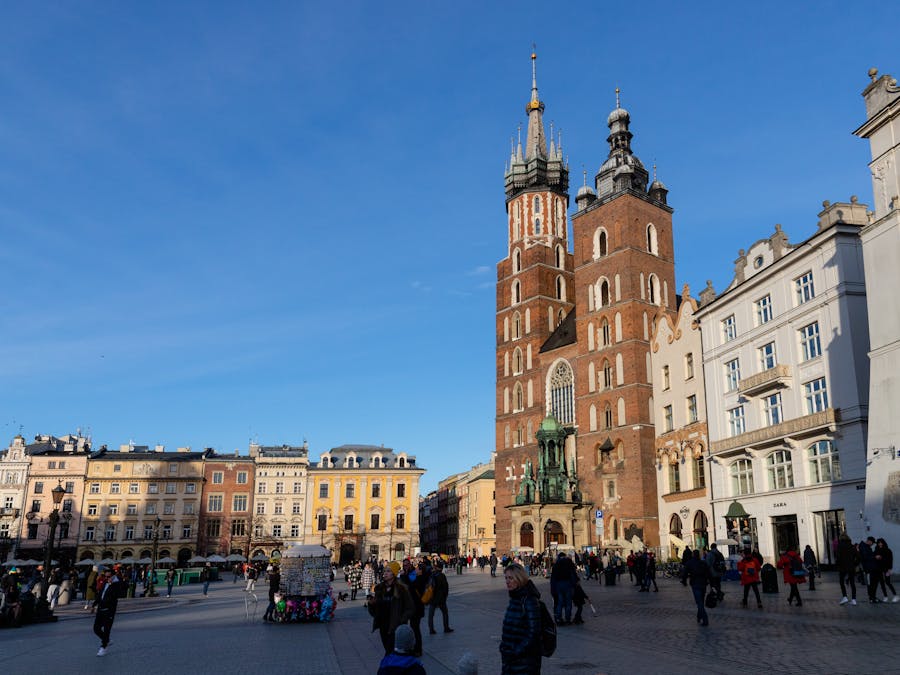
Krakow wins on price with hotel rooms starting at $35 per night. The city has many clean, basic hotels perfect for budget trips.
The Main Market Square area costs more but puts you right in the action. Mid-range hotels near the square run $60-90 nightly.
Family spots and Airbnbs cost about 20% less than Prague. A two-bedroom apartment goes for $80-120 per night.
Boutique hotels in restored buildings give a luxury feel without huge prices. Most charge $120-180 nightly for elegant rooms and great service.
Hostels offer private rooms from $25-40, making Krakow ideal for budget travelers.
Transportation and Accessibility
Both cities offer reliable public transport systems that make getting around easy and affordable. The networks include buses, trams, and metros that connect all major attractions and neighborhoods.
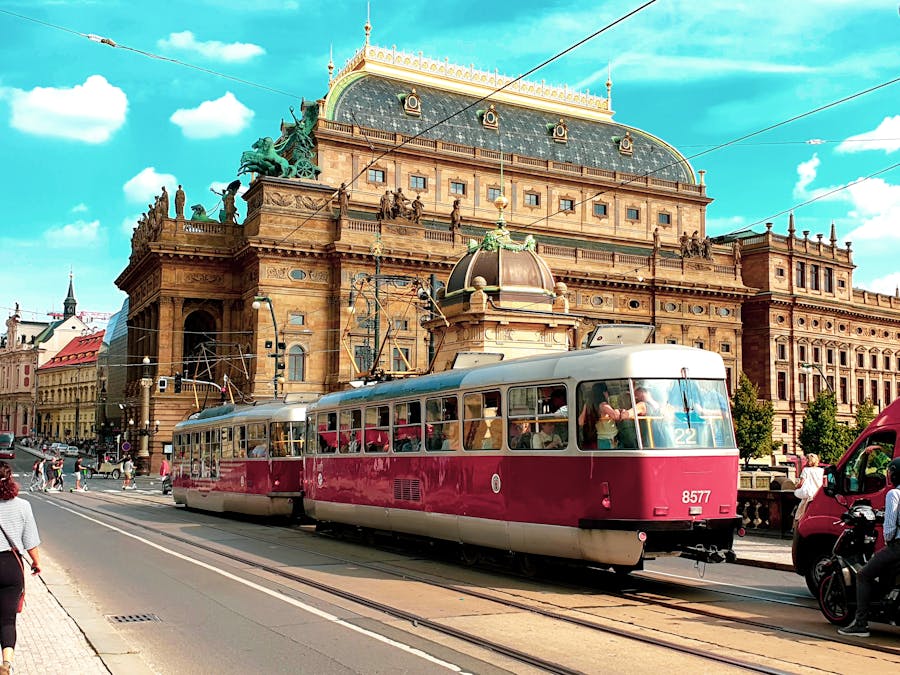
Prague’s public transport runs like clockwork. A basic 30-minute ticket costs 24 CZK ($1), which lets you use any combination of transport methods. Tickets are available at newsagents, tram stops, and through the Prague transport mobile app.
The metro system has three main lines that reach most tourist spots. Trams are perfect for sightseeing, especially the ones that run near Prague Castle and along the Vltava River.
Walking is a great way to explore Prague’s historic areas. The cobblestone streets of Old Town and Lesser Town are best discovered on foot.
Krakow’s Public Transport Options
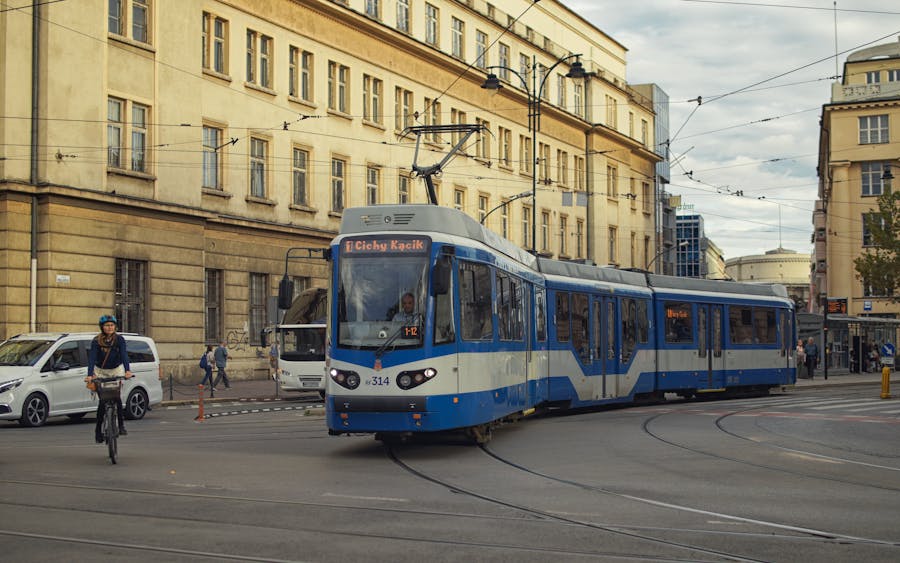
Krakow uses an integrated ticket system for its buses and trams. The network covers the entire city, including the charming Kazimierz District.
Trams are the most popular way to move around central Krakow. They run frequently and connect all major landmarks.
Most tourist attractions sit within walking distance of each other in the historic center. The flat terrain makes it easy to explore by foot.
Buses fill in the gaps where trams don’t reach. They’re especially useful for trips to outer districts or late-night travel when tram service is reduced.
Entertainment and Nightlife
Both cities shine after dark with energetic bar scenes, live music venues, and countless ways to spend evenings out. The nightlife options range from quiet wine bars to pumping dance clubs in historic cellars.
Prague’s Vibrant Nightlife

Prague’s bar scene spreads across several neighborhoods. The Old Town features medieval beer halls where you can sample Czech pilsners while watching traditional music shows. The Žižkov district packs in over 300 bars and pubs in just a few square kilometers.
Beer gardens offer a perfect summer hangout. The Letná Beer Garden gives amazing views over the city while you enjoy a cold Pilsner Uranus. In winter, the Christmas markets light up Old Town Square with mulled wine stands and local treats.
Live music fills Prague’s clubs most nights. Jazz clubs like Reduta showcase talented musicians, while Roxy hosts international DJs. Cross Club stands out with its steampunk design and electronic music focus.
Entertainment in Krakow

Krakow’s compact city center makes bar-hopping easy and fun. The Jewish Quarter buzzes with quirky cellar bars, vodka tastings, and live music venues. Market Square hosts outdoor concerts in summer.
Students keep Krakow’s nightlife lively and affordable. Popular spots include Alchemia for its artsy vibe and Forum Przestrzenie for riverside drinks. Many bars offer vodka flights to sample Poland’s favorite spirit.
The city excels at unique entertainment venues. Salt mines host underground concerts, while boat parties cruise the Vistula River. In December, Europe’s largest medieval square transforms into a magical Christmas market with local crafts and performances.
Seasonal Experiences
Both Prague and Krakow transform dramatically across the seasons, offering unique attractions and experiences throughout the year. Each city showcases distinct weather patterns and seasonal activities that shape the visitor experience.
Summer in the Cities
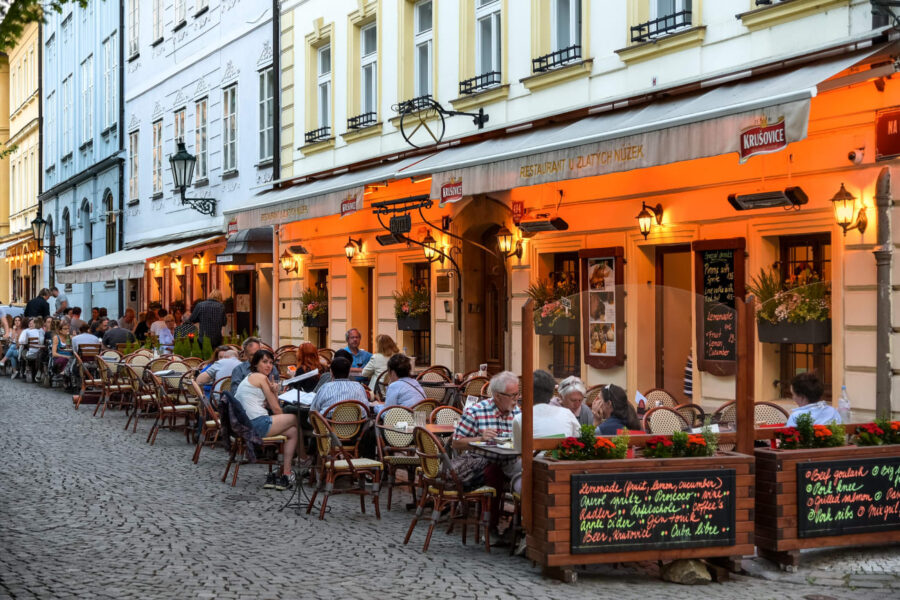
Summer brings warm temperatures around 25°C (77°F) to both cities. Prague’s streets fill with outdoor cafes and beer gardens, perfect for enjoying Czech pilsner in the sunshine. The city’s parks come alive with picnickers and musicians.
Krakow’s Main Market Square buzzes with energy during summer festivals. Street performers entertain crowds while visitors enjoy ice cream from local vendors. The Vistula River banks transform into urban beaches.
Both cities can get crowded in peak season. Morning and evening hours work best for sightseeing to avoid the heat and tourist masses. Many locals head to nearby lakes and parks to cool off.
Winter Wonders
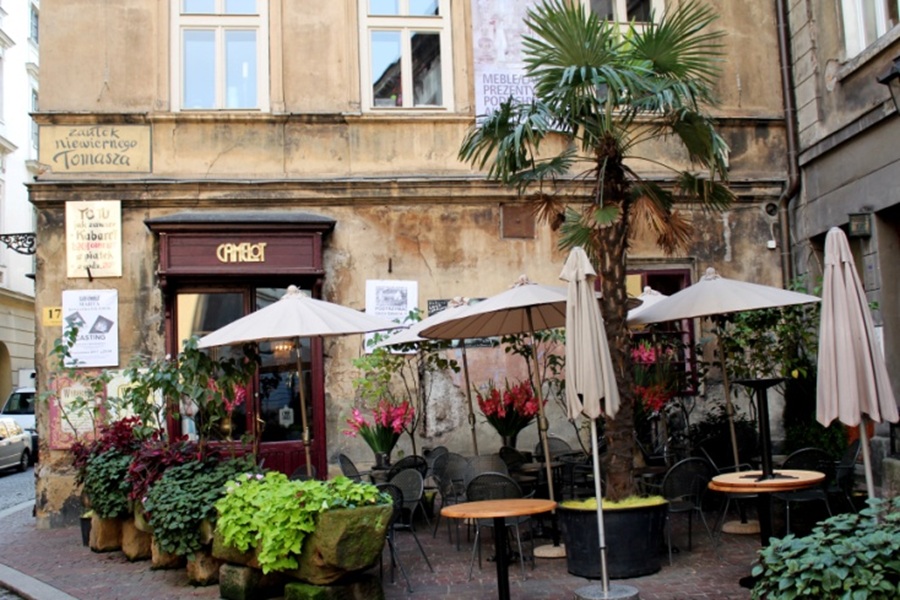
Prague’s winter temperatures hover around 0°C (32°F), while Krakow dips slightly lower. Both cities sparkle with Christmas markets from late November through December. Prague’s Old Town Square hosts one of Europe’s most famous markets.
Krakow’s winter charm shines through its cozy cafes and underground cellar bars. The city does face occasional smog issues during cold months. Indoor attractions like museums and churches provide warm refuges.
Snow creates magical photo opportunities in both cities’ historic centers. Traditional winter foods like hot mulled wine and hearty soups help visitors stay warm.
Enjoying Spring and Autumn
Spring brings mild weather with temperatures between 9-15°C (48-59°F). Prague sees more sunshine hours than Krakow during autumn months – 124 hours compared to 97 hours in October.
Both cities showcase beautiful spring blooms in their parks and gardens. The smaller crowds make these seasons ideal for exploring historic sites and architecture.
Fall colors paint both cities in golden hues. Rainfall stays moderate – Prague gets 42mm while Krakow receives 45mm in October. These shoulder seasons offer perfect conditions for walking tours and photography.
Unique Experiences and Hidden Gems
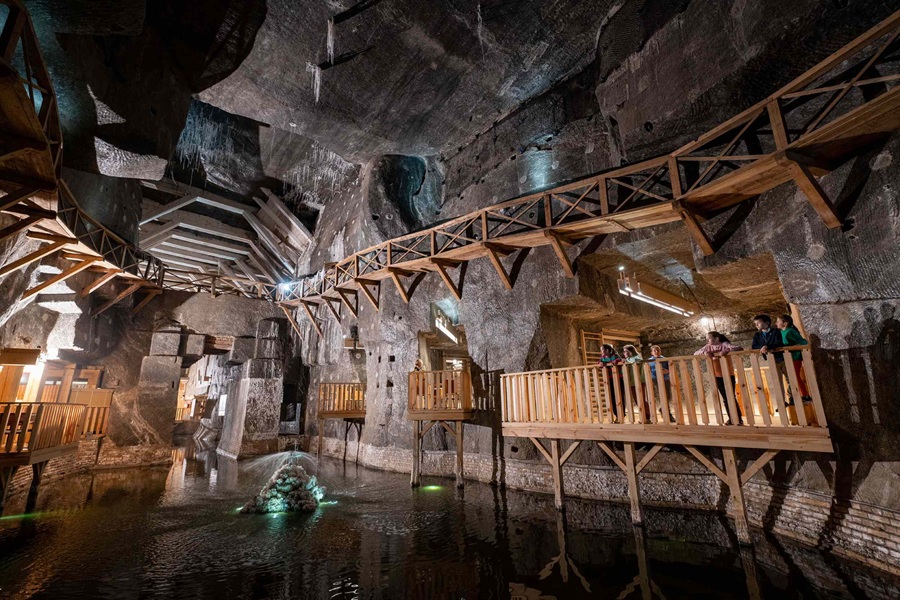
Prague and Krakow each offer special experiences you won’t find anywhere else. Both cities keep some of their best treasures tucked away from the usual tourist spots.
The Wieliczka Salt Mines near Krakow amaze visitors with underground chapels and sculptures carved from salt. The mines stretch for miles beneath the earth, with chandeliers made entirely of salt crystals lighting the way.
Krakow’s Camelot Café sits quietly in Old Town, serving traditional Polish drinks and snacks in a cozy medieval cellar. The café feels like stepping back in time with its stone walls and candlelit tables.
In Prague, the Vinohrady neighborhood shows off stunning Art Nouveau buildings away from the crowded city center. Local wine bars and quiet cafes fill the tree-lined streets.
The mountain adventures from Krakow to the Tatra Mountains give visitors amazing views and hiking trails. The mountains rise dramatically along the Polish-Slovak border.
Krakow’s vodka tasting tours teach visitors about Poland’s favorite spirit in authentic local bars. Guides share stories about different vodka types and traditional drinking customs.
Prague’s hidden beer gardens offer peaceful spots to enjoy Czech brews. These gardens sit on hilltops with views across the city’s red roofs and spires.
Both cities guard their secret spots carefully. Small courtyards, underground jazz clubs, and local-only restaurants wait to be found by curious travelers who wander off the main streets.
Practical Travel Tips
Both Prague and Krakow offer excellent value for budget-conscious travelers. A meal at a local restaurant costs around $5-6 in either city, making dining out affordable.
Getting around is easy in both cities. Prague has an extensive metro and tram network that runs until midnight. Krakow relies more on trams and buses, but the compact city center is very walkable.
Money-saving tip: Purchase multi-day transit passes instead of single tickets. Both cities offer 24, 48, and 72-hour options that can save you money.
The best time to visit is spring (April-May) or fall (September-October). These months bring mild weather and fewer tourists compared to the busy summer season.
Stay near the city centers to minimize travel time. In Prague, look for accommodations in Old Town or Malá Strana. For Krakow, focus on areas around the Main Market Square or Kazimierz district.
Quick Tips:
- Buy attraction tickets online to avoid long queues
- Learn basic local phrases
- Carry cash for small purchases
- Watch out for tourist-trap restaurants
- Book accommodations 2-3 months ahead
Many attractions in both cities offer student discounts. Bring your student ID if you have one.
Free walking tours run daily in both cities. They’re a great way to learn about local history and get your bearings on day one.
Frequently Asked Questions
These cities in Central Europe each offer distinct experiences shaped by their histories, cultures, and modern identities. Travelers often want to know specific details about costs, attractions, and seasonal events to make the best choice for their trips.
What are the main differences in cost of living between Prague and Krakow?
Krakow stands out as the more budget-friendly option. Food, drinks, and accommodation tend to cost less in Krakow than in Prague.
The money saved in Krakow can go toward extra activities or longer stays. A typical restaurant meal in Krakow costs about 30% less than in Prague.
Which city offers a more scenic train journey for travelers?
The train ride to Krakow passes through rolling Polish countryside and small villages. The journey takes travelers past farms, forests, and traditional Polish architecture.
The route to Prague winds along rivers and through Bohemian landscapes. Passengers see medieval towns, castles on hilltops, and the famous Czech countryside.
How do the Christmas markets in Prague compare to those in Krakow?
Prague’s Christmas markets fill several squares across the city. The main market in Old Town Square features a giant Christmas tree and local crafts.
Krakow’s market centers around the Rynek Glowny. Local vendors sell traditional Polish ornaments, food, and mulled wine called grzaniec.
Can you highlight the unique attributes of Krakow when compared to Prague?
Krakow kept most of its historic buildings during World War II. Its medieval architecture remains largely unchanged, making it special among European cities.
The city has a strong university presence that creates a youthful atmosphere. Students fill the cafes and bars, adding energy to the historic streets.
What are the historical contrasts between Prague and Krakow during wartime?
Krakow escaped major destruction in World War II. Many original buildings and artifacts stayed intact, preserving centuries of Polish history.
Prague faced different challenges but maintained much of its architecture. The city’s famous Charles Bridge and Old Town survived the war years.
In terms of beauty and attractions, how does Prague measure up against other renowned global cities?
Prague’s skyline competes with Paris and Rome for beauty. The mix of Gothic spires, Baroque domes, and Art Nouveau buildings creates stunning views.
The Charles Bridge spans the Vltava River with 30 statues along its length. Prague Castle watches over the city as the largest ancient castle complex in the world.
The city’s beer gardens offer places to relax and take in views. Places like Letná Beer Garden let visitors watch the sunset over Prague’s hundred spires.

